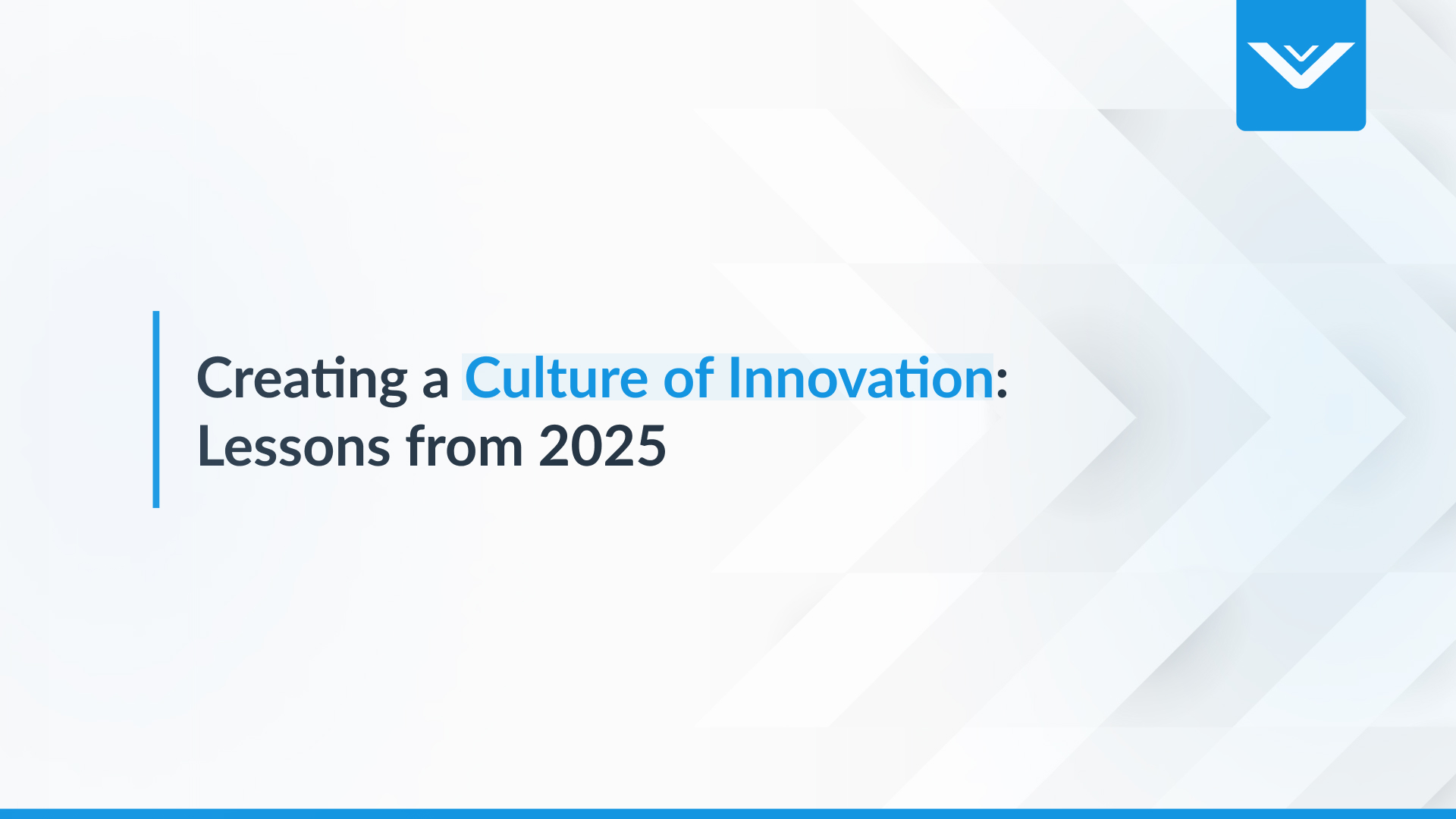

Learn about six security best practices that will help you keep remote employees safe and productive.
6 Security Best Practices for Remote Work
When the COVID-19 pandemic hit in March 2020, it marked a significant turning point in the ways that businesses functioned, mainly when it came to the issue of remote workers. However, the impact wasn’t so much a complete change as it accelerated a trend that was already long underway.
Well before COVID-19, businesses were already beginning to make moves toward exploring their remote work options. The pandemic forced companies to speed up the process.
The speed of the transition to remote work created several headaches for employers, from ensuring that remote workers had the necessary hardware and infrastructure for remote work to training them to use those resources effectively.
Though features like cloud-based workspaces and virtual private networks (VPNs) had once been viewed as valuable tools for some employees, they quickly became integral to every employee. Companies had to make decision after decision without the luxury of being able to consider all the ramifications of each choice.
While most companies were able to navigate these turbulent times effectively, the quick and almost total transition to remote work came for the most part without establishing a set of best practices. As a result, many companies are still finding their way, which has left them vulnerable in several areas—but perhaps most importantly, regarding remote work security.
What Are The Challenges for Securing Remote Workers?
Perhaps the most prominent issue for remote work security is that most connections from home networks are not secured -- and it can be difficult and expensive to try and upgrade those connections. This means that any device connected to these unsecured networks can be vulnerable to potential attacks, including data theft, DDoS attacks, hijacking, and other threats.
Another issue is the use of personal devices. Most of these devices also lack sufficient protection against cyber-attacks. Each device represents a weak point, a crack that can be exploited to attack sensitive networks. Even the most conscientious employee using a personal device can make a single mistake, exposing your network.
Perhaps the most worrying factor is the dramatic increase in cybercrime. Several criminal networks have used the pandemic as cover for illicit activities, including ransomware attacks, assaults on poorly secured networks, and phishing schemes featuring pandemic-related themes.
Combined with the inherently weaker security of a network dispersed amongst your employees’ homes, this uptick in criminal activity is a dire threat.
Of course, network security has always been a high priority for companies. And much like the way that the pandemic simply accelerated our transition to remote work, it also accelerated the need to establish remote work best practices to provide the highest level of security possible.

But the critical question is: How can you ensure secure access for employees without negatively impacting productivity?
With employees spread out across numerous physical locations, remote work security has to start by marrying reliable connectivity with strict control over endpoint security.
As the impact of the pandemic begins to recede, we can look back on our experience and identify several critical points for making those connections convenient and controlled.
We put together these six tips with Okta to help you keep on top of securing your remote workers with best practices that you can use to help ease the employee experience while still maintaining the control and security you need to keep sensitive systems safe from unscrupulous individuals with nefarious intent.
1. Refine and Streamline Access Management
To best protect your resources and your workforce, it’s crucial to maintain modern identity and access management (IAM) solutions. When it comes to managing access for your employees, the first and most important step is to prevent unauthorized users—and unauthorized devices—from connecting to your network.
There are a number of options to control which users can remotely log into your company’s systems. For several years, the best option was a multi-factor authentication (MFA) prompt, providing two of three factors: Knowledge, possession, or inheritance. While these systems are typically effective, they’re often disruptive to workflow and can slow down productivity.
Instead, many companies are exploring other options, including integrating single sign-on (SSO) tools with other MFA options to tailor specific access policies to each remote work situation. This could, for instance, make it relatively easy to access low-risk information and services with a straightforward SSO while asking for MFA when an employee attempts to access sensitive data from an untrusted network.
One simple, straightforward solution is to use a tool like Okta’s Device Trust, which gives your IT department the ability to control access to your network better. These tools prevent unmanaged devices from accessing your network without creating problems for managed devices, which otherwise would need to rely on MFA tools for access.
2. Make Authentication Simpler
There’s a tendency to make the process needlessly complicated when it comes to security, especially if your system is built on previous iterations of security. However, the more cumbersome the security process is, the more likely it is that your employees will look for—and find—workarounds that defeat the purpose of the security measures.
Who can blame them? While it’s important to ensure that your users are authorized to access your company’s resources rather than trusting them to be authorized, complicated security processes can discourage employees. Most members of the workforce want to be able to trust a network to be secure. Usually, they will do their part unless doing so becomes burdensome.
Consider some of these options to make your authentication process as simple as possible:
Adaptive Multi-Factor Authentication
Unsurprisingly, most security breaches result from sloppy passwords. When combined with an SSO system, adaptive MFA tools diminish these risks. Used primarily in low-risk situations, this tool analyzes every login request for the network, the specific location, and user behavior, in addition to other factors.
Biometrics
One of the crucial factors in MFA is inheritance—in this case, factors like fingerprints and facial recognition. These factors are the most difficult to falsify, making them effective components of remote work security.
Passwordless Authentication
Passwords are proving to be less secure than most companies need them to be. With the proliferation of password-less options that are now available, your IT team can maintain enhanced control over your network while resisting threats from external sources.

3. Establish Clear Remote Incident Management Policies
One of the most critical steps in establishing remote work best practices is to work backward. Eventually, you’re going to have problems with your network, from cybercrime to fraud to human error.
By assuming that these problems will happen, you can formulate responses to any security incidents you might encounter.
Working in an office, your IT team typically has the advantage of being in the same physical space as your employees, making it easy for them to monitor potential risks and provide support to employees who are experiencing problems.
However, with remote work, your IT department is also probably working from home, which makes intervention more difficult. Instead, you’ll need to make sure you have a protocol for responding to any security issues that might arise. One suggestion is to use endpoint detection in combination with response tools, which will allow you to scrutinize any security issues in real-time, no matter where your employees are located.
4. Streamline the Remote Onboarding Process
Onboarding is one of the most often overlooked aspects of the workforce experience. But employers ignore it at their peril. A well-conceived and executed onboarding experience reduces the amount of time it takes for an employee to reach full productivity and increases the likelihood that the employee will remain with the company for the long haul.

When it comes to remote work best practices for onboarding, the primary concern for most companies should be to establish procedures for setting up and delivering hardware to remote employees while sharing as little information as possible with third-party vendors. This can limit exposure.
One popular option is to use a lifecycle management tool. These tools help automate the provisioning process. This ensures that employees have the access they need regardless of their location, all without granting them blanket access to applications and information they don’t need.
5. Train Employees on Remote Work Security and Remote Access
As much as you want to trust your workforce to make the right choices when it comes to security, the simple fact is that not enough workers have the training, knowledge, or experience necessary to be able to identify the correct choice in each situation. That’s why remote work security training should be an indispensable part of your workforce development program.
There has been a decided shift with the advent of remote work when it comes to security training. While network security has long been important, much of the focus has been on physical security, which consisted mainly of securing necessary documents, checking door locks, and preventing intruders from tailgating employees into buildings.
Instead, the focus is now on securing the employee’s home. In addition to bolstering network security, employees need training on specific techniques to ensure their homes are safe from security threats. This includes ideas like a clean desk policy, in which employees make sure their work materials are locked up whenever they step away, whether it’s for a few minutes or several hours.
6. Help Employees to Establish Secure Home Spaces for Remote Work
One significant problem with home security is the blurred line between work and home spaces. To make sure your remote workforce is as productive as possible, you need to be willing to support them in their efforts to establish a secure, comfortable work environment.
Many companies allow employees to purchase equipment, then expense it to the company—obviously within reason—including
● Hardware
● Software
● Digital tools
● Ergonomic office furniture
● Multiple monitors
● Screen shields
When your workforce is comfortable, they’re likely to be more productive. Like in a typical office ecosystem, these are investments that help create a positive environment for your staff.
Conclusion
This list of remote work best practices is by no means exhaustive, and as remote work continues to grow, new issues will continually present themselves. However, these ideas should provide you with a solid grounding for dealing with remote work security going forward. The watchword for modern security is verification—the trick is putting the proper procedures in place to make verification as efficient as possible.
How Can You Stay On Top Of New Technologies? We Can Help.
You're focused on your business in the same way we're focused on innovation and trends in technology because that is our business. We offset the immense time, research, and costs you spend on identifying technologies to solve your organization's problems. Interested in learning more? Let's work together.
Spread the word.
Thousands of subscribers receive our newsletter every week breaking down what's happening across the technology community.
Join them today.
Keep Reading
.jpg)
Topic-Focused Innovation Advisory Councils: Year-End Insights
We finished up our 2025 Innovation Advisory Council calendar with three insightful, topic-focused sessions that revealed both the urgency and the opportunity ahead as companies seek to modernize responsibly and create lasting value.


Creating a Culture of Innovation: Lessons from 2025
Creating a culture of innovation means staying curious, supporting teams through uncertainty, and continuously raising the bar for what’s possible. The technology will keep changing. The pace will keep accelerating. But organizations that invest in their people and cultivate the right culture will always find their next summit and the energy to climb it.


.jpg)
